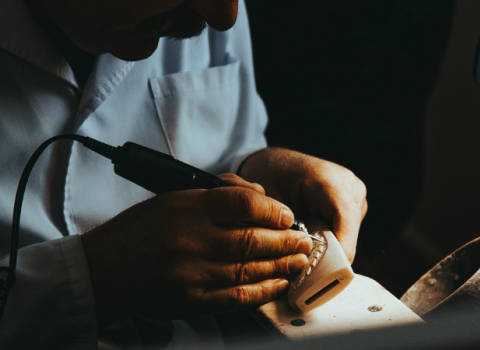The idea is that a light-weight inflatable structure delivered from earth is covered with a protective coating formed from lunar dust.
“Terrestrial 3D printing technology has produced entire structures,” said Laurent Pambaguian, who heads the project for ESA. “Our industrial team investigated if it could similarly be employed to build a lunar habitat.”
Scott Hovland of ESA’s human space flight team said, “3D printing offers a potential means of facilitating lunar settlement with reduced logistics from Earth,” The ESA estimates it can save billions of euros by keeping the weight of the structure as low as possible.
The ESA began looking at printing a lunar base in 2013. The details were discussed by experts at a meeting in the ESA’s technical centre in Noordwijk, the Netherlands last month.
Printing in space
In September, a 3D printer was sent to the International Space Station to help astronauts print tools, parts and other supplies.
In a concept video released last week, ESA outlined detailed plans of how robotic 3D printers on wheels would start construction work by collecting dust, soil and broken rock, known as regolith, from the moon's surface and convert it into a coating for the inflatable that would be resistant to both space radiation and meteor strikes.
In a dry run, the UK’s Monolite, the company that supplied the printer, mixed simulated lunar material with magnesium oxide, to turn it into a malleable 'paper' with which to create the structural coating. A binding salt is then applied which hardens this mix to a stone-like material.
The proposed site for the building is the southern pole of the Moon. This setting would offer relief from extreme temperatures, as the Moon’s rotation is such that the Sun only skims its poles at low angles.
It would take about three months to build the base from start to finish, and once completed it could be inhabited by up to four astronauts.
Link to video hereESA statement here





 A unique international forum for public research organisations and companies to connect their external engagement with strategic interests around their R&D system.
A unique international forum for public research organisations and companies to connect their external engagement with strategic interests around their R&D system.